Sensory Support Doesn’t Have to Be Hard

People often think sensory support means setting up picture-perfect activities, obstacle courses, or buying loads of sensory equipment to meet their child’s needs.
And I get why you might think that.
I used to believe that too, especially in my early OT days, nearly 27 years ago.
All in a Year: From Pencil Refusal to Confident Writing
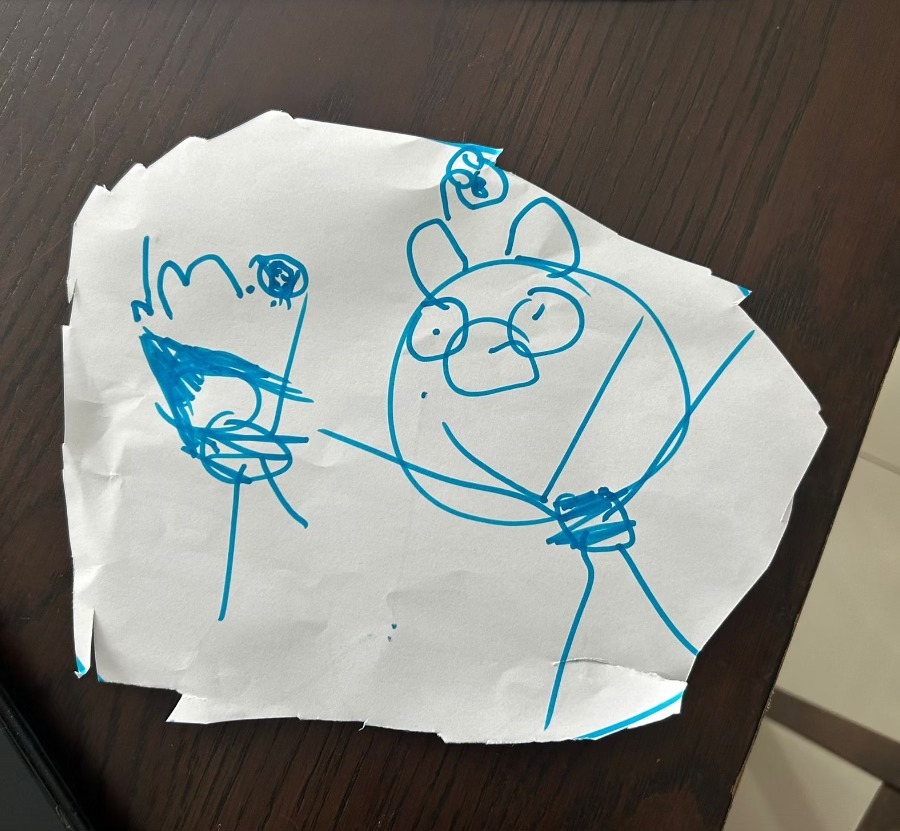
Every child’s writing journey looks different — and it doesn’t start with handwriting practice. It starts with supporting the body, the senses, and regulation so writing can feel possible.
Sensory Support Isn’t About Fixing — It’s About Understanding
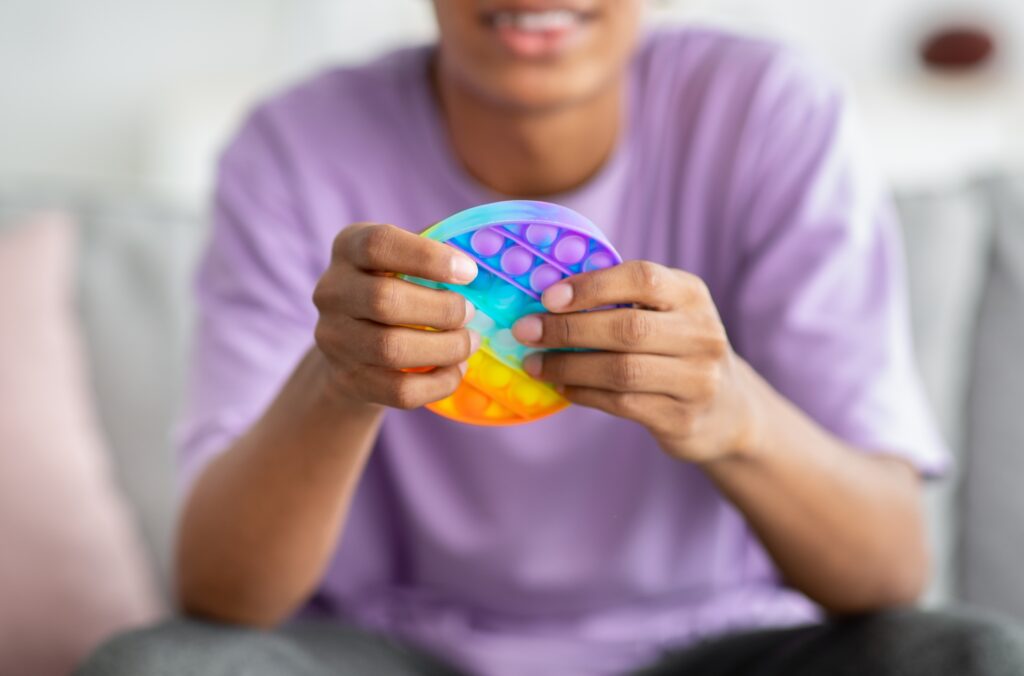
Understanding Children’s Sensory Needs We often hear words like sensory issues, sensory problems, sensory difficulties… but the truth is, your child’s brain knows exactly what it’s doing. Their nervous system is intact—working hard to protect them, ground them, and keep them safe. Of course, this doesn’t mean things aren’t challenging. It can be very hard […]
More or Less Sensory Input?

But remember: sensory processing is not static. Children can fluctuate between needing more and less, and many have what we call mixed responsiveness.
The ‘Calm Up to Calm Down’ Way
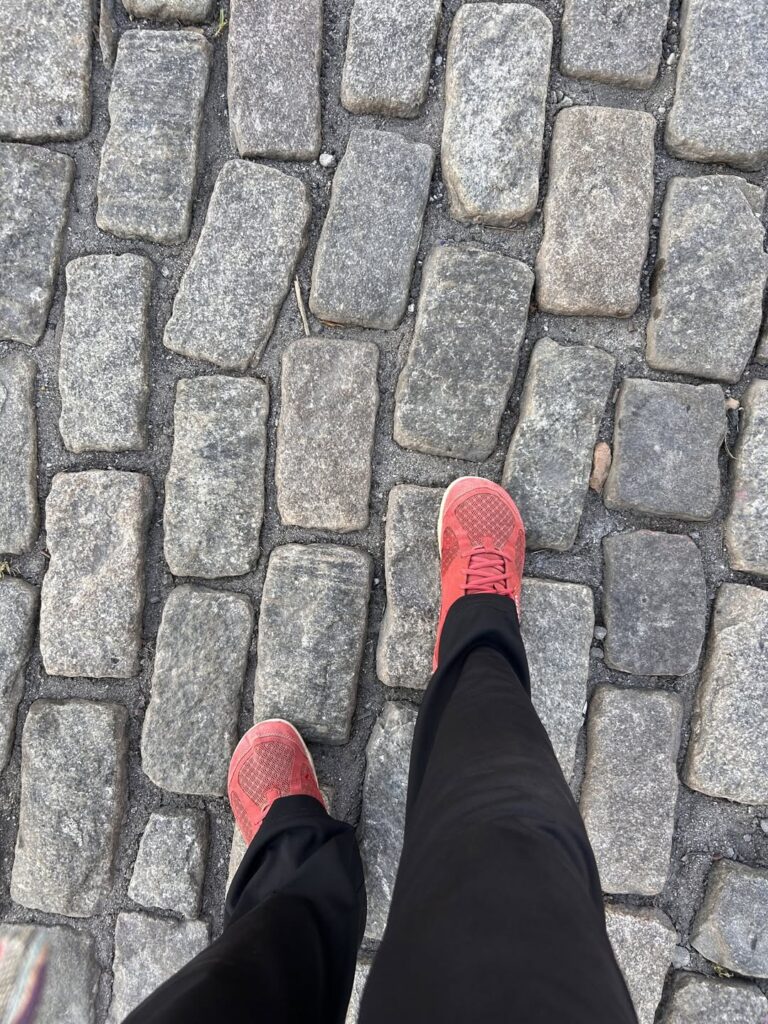
Most people think that calming down looks like sitting quietly, taking deep breaths, listening to soft music, or doing something still and gentle. And for some, that might work.
But for many neurodivergent people, kids and adults alike, that’s not what calming down feels like at all.
What is a Video-Based Assessment?
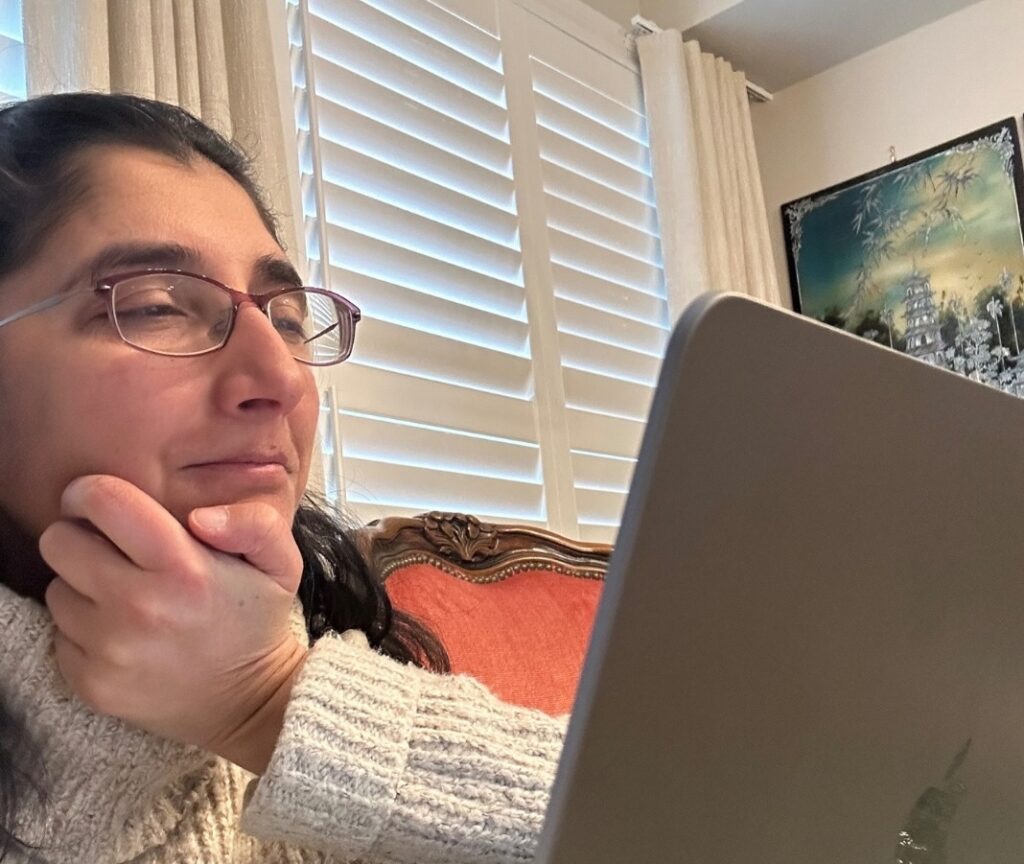
People are often surprised when I say I offer video-based assessments.
“Is that even effective?”
“Can you really assess a child that way?”
I get those questions a lot ……. and I get them!
So let me walk you through what a video-based assessment actually is, how it works, and why it can be so helpful.
7 Insights about Hypermobility
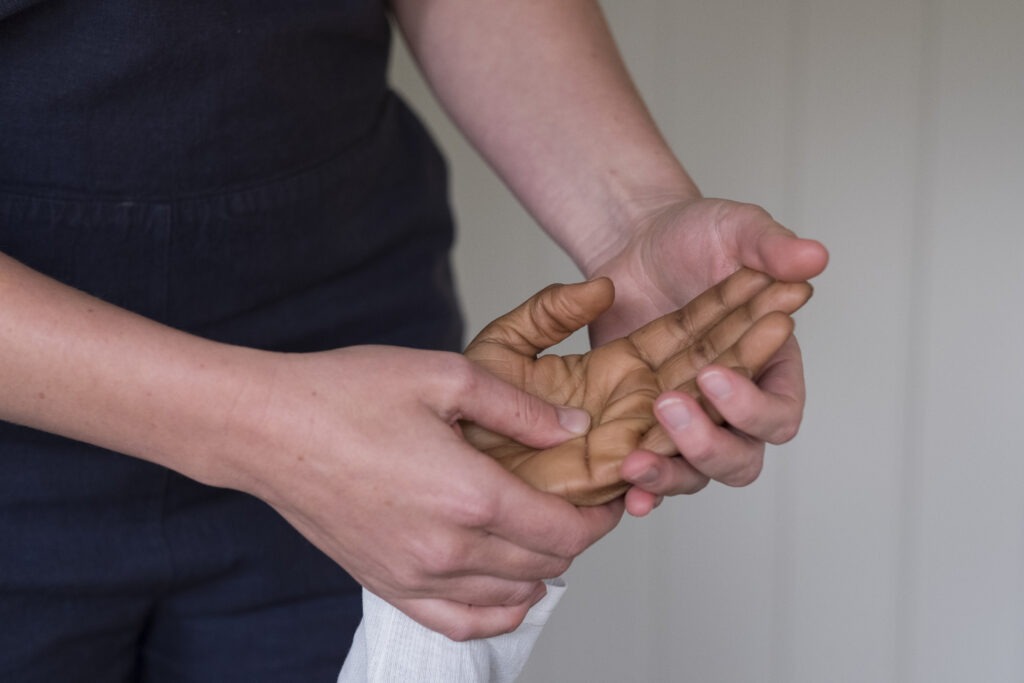
Hypermobility means some of the joints in your child’s body stretch and move more than expected. They’re extra bendy or flexible. But it’s not just about being “double-jointed.” Hypermobility can impact motor coordination, digestion, energy levels, sleep, emotional regulation, and even writing.
10 Sensory and Nervous System Benefits of Nature

For kids who struggle in structured settings, or feel overwhelmed by noise, pressure, or adult-led demands, nature often offers a kind of quiet magic. It meets them exactly where they are.
How This Child Gained Confidence in Writing — A Holistic Approach for Struggling Kids

Parents often wonder if progress in movement and coordination relates to writing and the answer is YES!
When we build foundational skills, the ripple effect reaches beyond just writing.
This child didn’t gain writing confidence by being pushed to write.
They gained it by becoming stronger, more aware of their body, and more regulated; and the writing followed.
Sensory Chalk Walk Obstacle Courses

People often think these chalk obstacle courses are difficult to make, however they’re so fun and you can involve your kids in making them too. We made a bunch of these on our streets for younger and older children, and even made one for an elderly neighbour across the street. It was so fun watching them through our window laugh and do them with friends.
